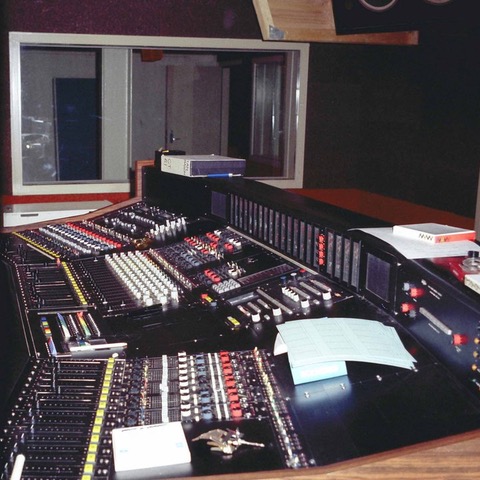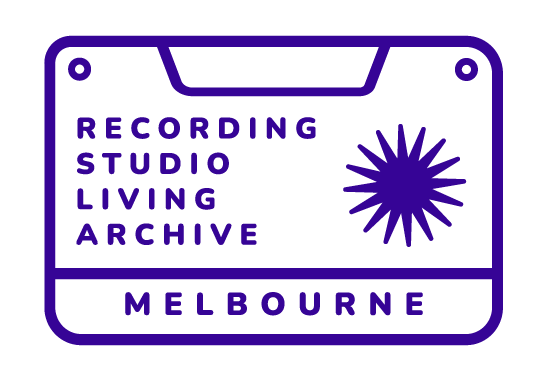The Australian recording industry was founded after a post-war a cultural shift in the workforce. Government encouraged women to leave their wartime ‘men’s’ jobs to be housewives, and if there was a job to do, it was a man that was meant to do it. Children of this generation grew up at a time when women were discouraged from engaging in technical roles. It’s no wonder there is a lingering societal lack of confidence in women’s capabilities to operate and understand technology. I wonder how different the industry would be, if returning soldiers were encouraged to stay at home to heal from wartime traumas whilst their wives continued in the workforce in manufacturing and engineering jobs. Imagine what society might be like today if veterans had been given the opportunity to focus on parenting and reconnecting with the children they were separated from during service. What if there wasn’t such a thing as men’s and women’s jobs? Might men be more connected to their emotions, and still fell manly? I digress, but I can’t help imagining that there might have been founding foremothers of the Australian music industry and local audio equipment designed by women if these types of social policies were different.

Optro Digi Ptch 79, designed by Graeme Thirkell at Studio 1 at Armstrongs, Bank St, South Melbourne, 1979.
Instead, with the deliberate discouragement of women from ‘men’s’ jobs [insert link to Australia.gov/womenintheworkforce ] the founding fathers of popular music studio recording had to cope without the intellectual support of women in guiding new technological advances. Training of audio engineers in early years was often at government radio stations where gender balance recruitment policies were unheard of. Graduating from technical schools with engineering skills from institutions such as Caulfied technical college and RMIT, young men were part of a revolution in analogue studio recording technology from the 50’s to the 1970’s.
Bill Armstrong imported the latest in international design with the purchase of a Neumann record cutting machine which he installed at W & G in 1956. Importing equipment and parts from overseas was slow. A culture of local equipment design emerged to keep up with new innovations, and the excitement of capturing the wave of new local original music.
Graeme Thirkell [insert link to bio] was a man who designed and installed locally manufactured multitrack tape machines and mixing consoles under his company name of Optronics.
Globally the race for accommodating multitrack recording in the rapid introduction of 2, then 3, then 4, then 8, then 16, then 24-track tape machines to integrate with mixing consoles them bringing new possibilities of layering sounds as can be heard on “The Real Thing” from Australian artist Russell Morris recorded at Bill Armstrong Studios in 1969, engineered by John Sayers [insert link to bio], Produced by Molly Meldrum.
Visit the local GEAR page for information on local audio equipment designers and companies. Use the EQUIPMENT tab on the DATA SEARCH for a catalogue of local studio equipment.
